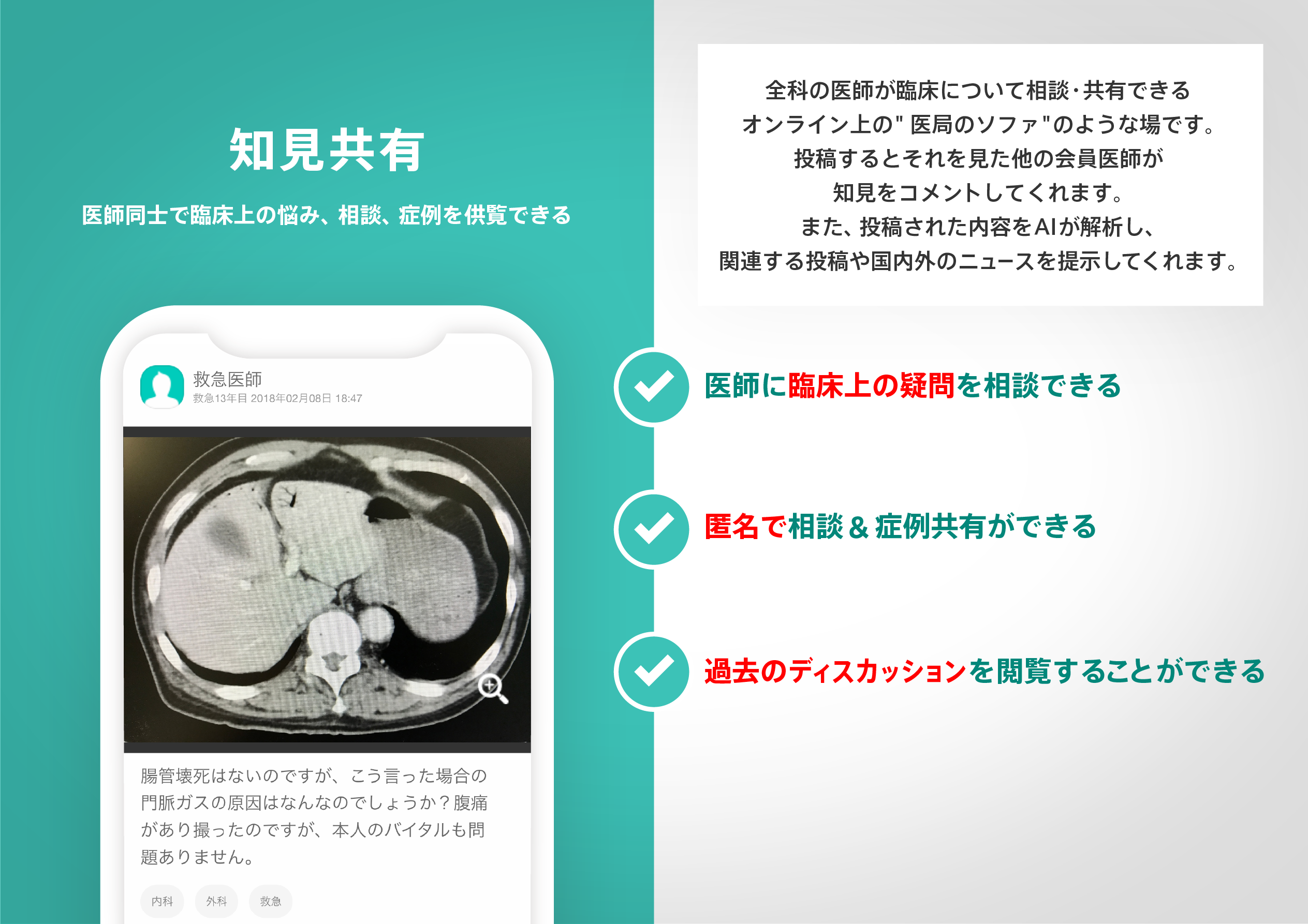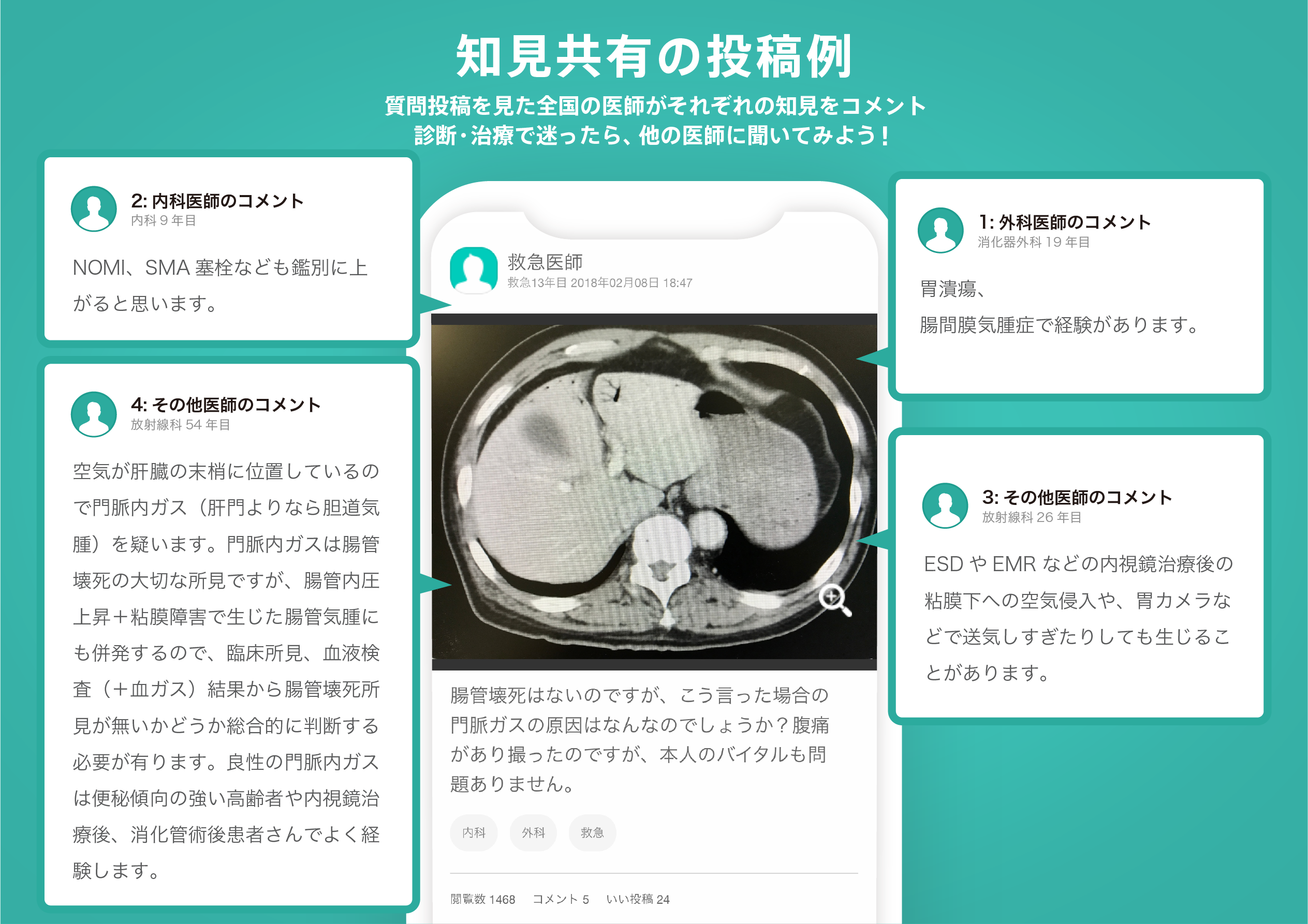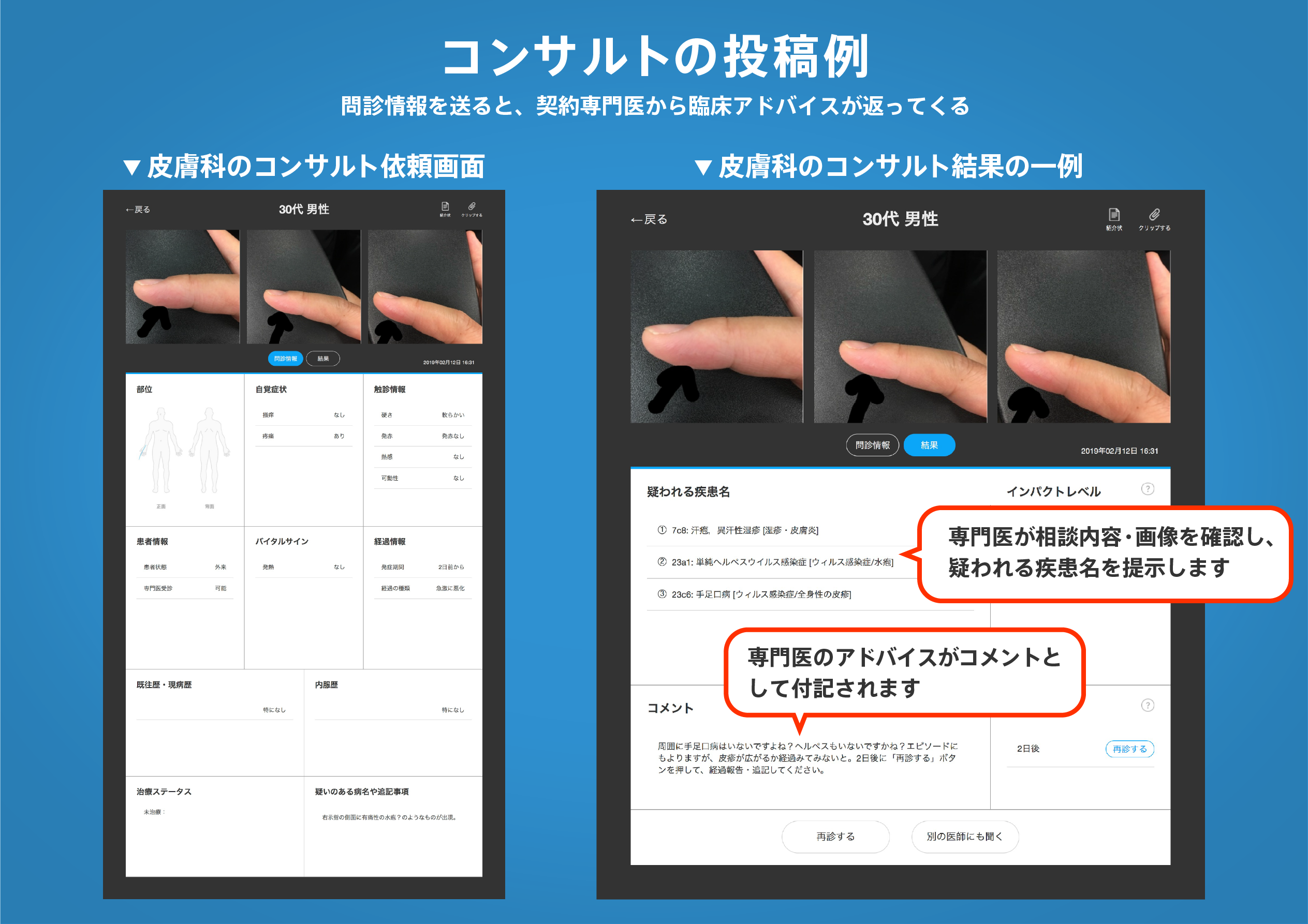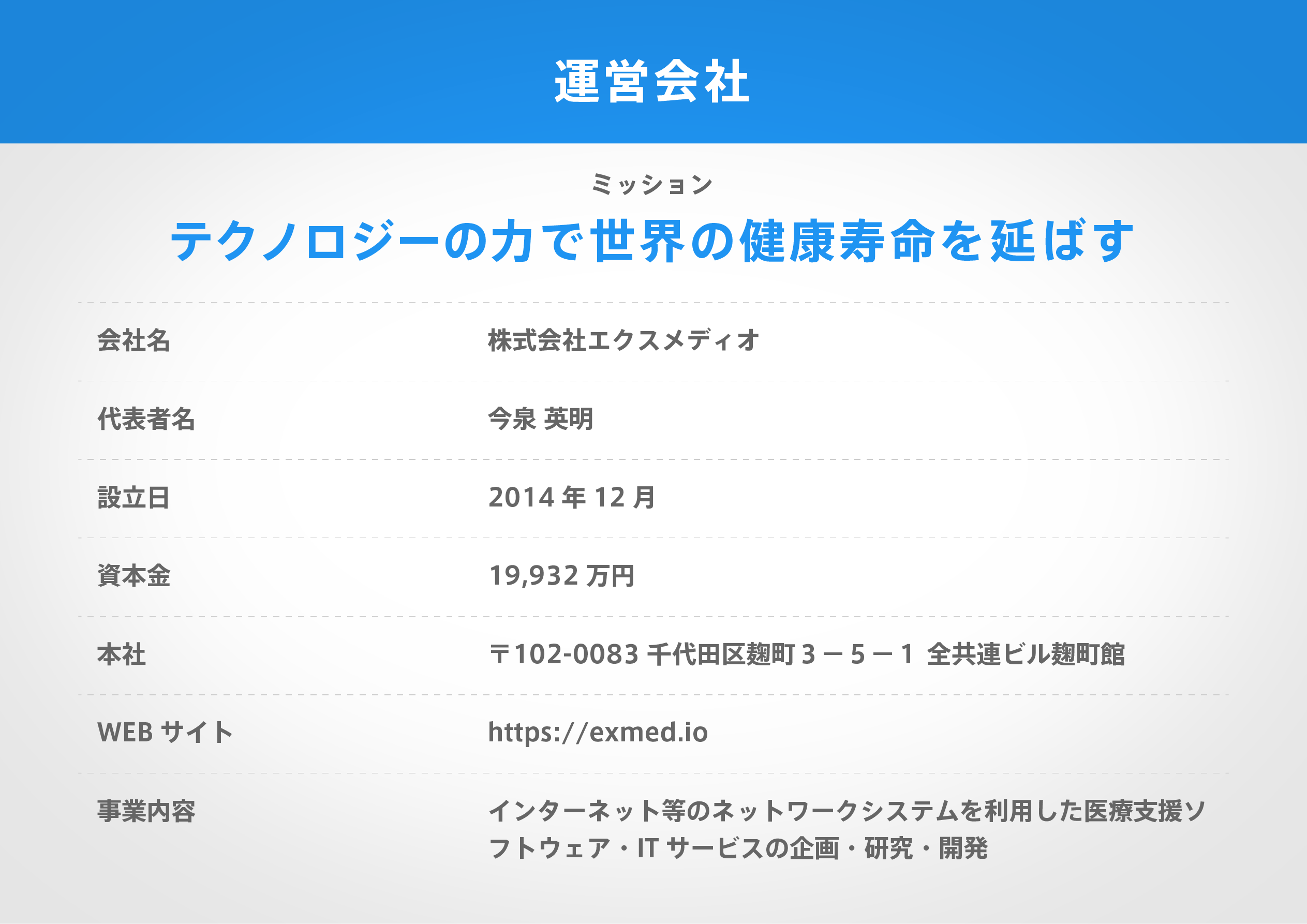著名医師による解説が無料で読めます
すると翻訳の精度が向上します
上皮カルシウム(Ca2+)チャネルTRPV5およびTRPV6は、過渡受容体ポテンシャル(TRP)チャネルファミリーTRPV(バニロイドの「V」)サブグループのメンバーです。TRPV5およびTRPV6は、高生物の血液CA2+レベルの維持において主要な役割を果たします。両方のチャネルは、アミノ酸の同一性の高レベル(75%)、同等の機能特性、および同様の調節メカニズムを共有するため、多くの方法で類似性を示します。また、同様のクローニング戦略を使用して発見されました[1,2]。しかし、全身性カルシウムバランスを維持するための彼らの生理学的貢献は明確です。さらに、次の3つの重要な特徴は、TRPV5およびTRPV6を陽イオンチャネルのTRPスーパーファミリーの他のメンバーと区別します。(1)他の陽イオン上のCa2+の高い選択性、(2)Ca2+輸送上皮組織、および(3 3(3))1,25-ジヒドロキシビタミンD3(1,25 [OH] 2D3)[3,4]への応答性。これらの特徴により、TRPV5とTRPV6は、Ca2+の腸の吸収と腎再吸収を促進するのに理想的に適しており、トランセピセリアルCa2+輸送の頂端Ca2+エントリーチャネルとして機能します[5,6]。TRPV5とTRPV6の特性の大きな違いは、組織分布にあります:TRPV5は主に遠位複雑な尿細管(DCT)と腎臓の結合尿細管(CNT)で発現し、外系組織での発現が限られています[1,7]。対照的に、TRPV6はより広い発現パターンを示し、腸内で腎臓で顕著な発現を示し、腎臓で追加の発現、胎盤、精巣上体、外分泌組織(すなわち、膵臓、前立腺、唾液腺、汗腺)、およびA他の組織はほとんどありません[11–13]。したがって、TRPV5は尿中Ca2+排泄のレベルを決定する上で重要な役割を果たしますが、TRPV6の生理学的役割は腸Ca2+吸収に限定されません。最近、腎臓[14]、腸[15]、胎盤[16]、およびEpididymis [17]におけるTRPV5およびTRPV6チャネルの役割を理解することで多くの進歩が遂げられました。しかし、他の臓器での彼らの役割はまだ完全に調査されていません。この章では、TRPV5とTRPV6の生理学的および病理学的役割に関する知識の現在の状況を確認し、これらのチャネルのより深い理解につながったさまざまな技術について説明します。Ca2+吸収チャネルの検索におけるTRPV5とTRPV6の識別戦略、および主要な機能を明らかにするために使用される特定の手法をレビューします。これらには、放射性障害CA2+の取り込みおよび電気生理学の手順、構造機能研究、調節相互作用パートナーを特定する方法、遺伝子操作動物、癌におけるTRPV6の役割を研究するための戦略、TRPV6およびTRPV5の小分子モジュレーターの開発のための手順、人間のバリエーション/変異の評価、および3D構造決定。TRPV5およびTRPV6の詳細については、関心のある読者を他の包括的なレビュー記事[3–6,18]に紹介したいと思います。
上皮カルシウム(Ca2+)チャネルTRPV5およびTRPV6は、過渡受容体ポテンシャル(TRP)チャネルファミリーTRPV(バニロイドの「V」)サブグループのメンバーです。TRPV5およびTRPV6は、高生物の血液CA2+レベルの維持において主要な役割を果たします。両方のチャネルは、アミノ酸の同一性の高レベル(75%)、同等の機能特性、および同様の調節メカニズムを共有するため、多くの方法で類似性を示します。また、同様のクローニング戦略を使用して発見されました[1,2]。しかし、全身性カルシウムバランスを維持するための彼らの生理学的貢献は明確です。さらに、次の3つの重要な特徴は、TRPV5およびTRPV6を陽イオンチャネルのTRPスーパーファミリーの他のメンバーと区別します。(1)他の陽イオン上のCa2+の高い選択性、(2)Ca2+輸送上皮組織、および(3 3(3))1,25-ジヒドロキシビタミンD3(1,25 [OH] 2D3)[3,4]への応答性。これらの特徴により、TRPV5とTRPV6は、Ca2+の腸の吸収と腎再吸収を促進するのに理想的に適しており、トランセピセリアルCa2+輸送の頂端Ca2+エントリーチャネルとして機能します[5,6]。TRPV5とTRPV6の特性の大きな違いは、組織分布にあります:TRPV5は主に遠位複雑な尿細管(DCT)と腎臓の結合尿細管(CNT)で発現し、外系組織での発現が限られています[1,7]。対照的に、TRPV6はより広い発現パターンを示し、腸内で腎臓で顕著な発現を示し、腎臓で追加の発現、胎盤、精巣上体、外分泌組織(すなわち、膵臓、前立腺、唾液腺、汗腺)、およびA他の組織はほとんどありません[11–13]。したがって、TRPV5は尿中Ca2+排泄のレベルを決定する上で重要な役割を果たしますが、TRPV6の生理学的役割は腸Ca2+吸収に限定されません。最近、腎臓[14]、腸[15]、胎盤[16]、およびEpididymis [17]におけるTRPV5およびTRPV6チャネルの役割を理解することで多くの進歩が遂げられました。しかし、他の臓器での彼らの役割はまだ完全に調査されていません。この章では、TRPV5とTRPV6の生理学的および病理学的役割に関する知識の現在の状況を確認し、これらのチャネルのより深い理解につながったさまざまな技術について説明します。Ca2+吸収チャネルの検索におけるTRPV5とTRPV6の識別戦略、および主要な機能を明らかにするために使用される特定の手法をレビューします。これらには、放射性障害CA2+の取り込みおよび電気生理学の手順、構造機能研究、調節相互作用パートナーを特定する方法、遺伝子操作動物、癌におけるTRPV6の役割を研究するための戦略、TRPV6およびTRPV5の小分子モジュレーターの開発のための手順、人間のバリエーション/変異の評価、および3D構造決定。TRPV5およびTRPV6の詳細については、関心のある読者を他の包括的なレビュー記事[3–6,18]に紹介したいと思います。
The epithelial calcium (Ca2+) channels TRPV5 and TRPV6 are members of the transient receptor potential (TRP) channel family TRPV (“V” for vanilloid) subgroup. TRPV5 and TRPV6 play major roles in the maintenance of blood Ca2+ levels in higher organisms. Both channels exhibit similarities in many ways, as they share a high level (75%) of amino acid identity, comparable functional properties, and similar mechanisms of regulation. Also, they were discovered using similar cloning strategies [1,2]. Yet, their physiological contributions toward maintaining a systemic calcium balance are distinct. In addition, the following three key features distinguish TRPV5 and TRPV6 from other members of the TRP superfamily of cation channels: (1) high selectivity for Ca2+ over other cations, (2) apical membrane localization in Ca2+-transporting epithelial tissues, and (3) responsiveness to 1,25-dihydroxyvitamin D3 (1,25[OH]2D3) [3,4]. These features make TRPV5 and TRPV6 ideally suited to facilitate intestinal absorption and renal reabsorption of Ca2+, serving as apical Ca2+ entry channels in transepithelial Ca2+ transport [5,6]. A major difference between the properties of TRPV5 and TRPV6 lies in their tissue distribution: TRPV5 is predominantly expressed in the distal convoluted tubules (DCT) and connecting tubules (CNT) of the kidney, with limited expression in extrarenal tissues [1,7]. In contrast, TRPV6 exhibits a broader expression pattern, showing prominent expression in the intestine with additional expression in the kidney [8–10], placenta, epididymis, exocrine tissues (i.e., pancreas, prostate, salivary gland, sweat gland), and a few other tissues [11–13]. Thus, while TRPV5 plays a key role in determining the level of urinary Ca2+ excretion, the physiological roles of TRPV6 are not limited to intestinal Ca2+ absorption. Much progress has recently been made in understanding the roles of TRPV5 and TRPV6 channels in the kidney [14], intestine [15], placenta [16], and epididymis [17]. However, their roles in other organs have as yet not been fully investigated. In this chapter, we review the current status of our knowledge of the physiological and pathological roles of TRPV5 and TRPV6 and discuss a variety of techniques that have led to a deeper understanding of these channels. We review the identification strategies of TRPV5 and TRPV6 in searches for Ca2+ absorption channels, as well as specific techniques used to reveal their key features. These include radiotracer Ca2+ uptake and electrophysiology procedures, structure-function studies, methods to identify regulatory interacting partners, genetically engineered animals, strategies to study the role of TRPV6 in cancers, procedures for the development of small-molecule modulators of TRPV6 and TRPV5, the evaluation of variations/mutations in humans, and 3D structural determination. For additional information about TRPV5 and TRPV6, we would like to refer the interested reader to other comprehensive review articles [3–6,18].
医師のための臨床サポートサービス
ヒポクラ x マイナビのご紹介
無料会員登録していただくと、さらに便利で効率的な検索が可能になります。






